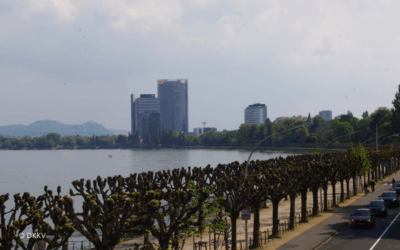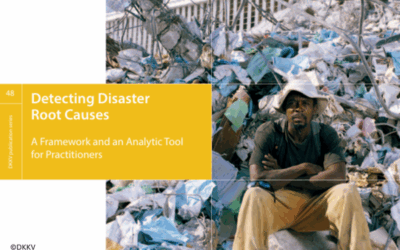The DKKV is…
German Committee for Disaster Reduction e.V. (ger.: Deutsches Komitee Katastrophenvorsorge e.V.)
Newsblog
DKKV organises a workshop for the conception of a resilience centre
In view of today's complex threats – from military and hybrid challenges to civil defence, pandemic risks and new technological risks to the consequences of the climate crisis and extreme weather events – a fundamental rethinking of security policy is urgently needed...
ADPC training programmes 2025
In 2025, the Asian Disaster Preparedness Centre (ADPC) is offering several training programmes to support cities in disaster preparedness, climate adaptation and inclusive development. Topics include risk-informed urban planning, multi-hazard early warning systems and...
Publication series No. 48: ‘Detecting Disaster Root Causes’ now available online
For many years, the DKKV has been publishing its own series of publications dealing with key topics in disaster prevention and management. Publication No. 48, ‘Detecting Disaster Root Causes – A Framework and an Analytic Tool for Practitioners’ from 2013, is now...
New UFZ newsletter
The latest edition of the newsletter published by the German Research Centre for Environmental Sciences (UFZ) focuses on the results of the UN negotiations on the plastics agreement in Geneva, new findings on nanoplastics in the North Atlantic and five steps for...
Follow us




What is disaster risk reduction?
Storms, natural hazards and extreme events can quickly become a danger to people and the environment. But climate change, extreme urbanization, power outages and fires also offer potential hazards.
A disaster occurs when the functioning of a community or society is impaired or interrupted and, as a result, high human, material, economic and ecological losses occur that cannot be managed alone.
Precautionary measures can help to reduce the consequences and impact of the disaster. Depending on the hazard and personal circumstances, the precautionary measures to be taken may vary.
Find out more about potential hazards and individual precautionary measures on our topic pages.






